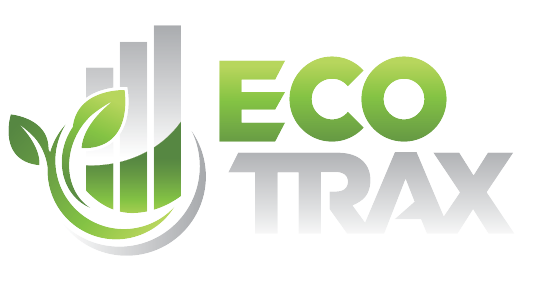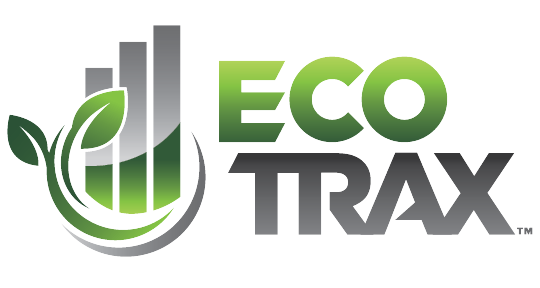Welcome to the eighth installment of our ten-part series on transitioning from the traditional linear supply chain to a zero waste, fully circular, and ultimately net-zero performing supply chain. In our last piece, we explored the power of circular models and their role in revolutionizing supply chains. This week, we focus on repurposing waste within distribution centers and business supply chains through reusing, recycling, and upcycling—three essential strategies for resource management pivotal in our journey toward sustainability.
Understanding Key Concepts
To effectively repurpose waste in distribution centers, it’s essential to understand the three core strategies:
- Reusing: Involves taking items that might otherwise be discarded and finding new applications for them without altering their original form or purpose. This straightforward method is crucial for reducing waste and conserving resources within distribution centers.
- Recycling: Collecting and processing materials to convert them back into raw materials for new products. This process conserves natural resources and reduces landfill burdens.
- Upcycling: The creative process of transforming waste materials into higher-quality products or items with a new purpose, blending sustainability with innovation.
Waste in Distribution Centers
Distribution centers handle a diverse range of materials, resulting in various types of waste, including:
- Plastic Films: Used for packaging and wrapping, these can be reused or recycled into new products, such as laminate decking.
- Hard Plastics: Found in containers and packaging, hard plastics can be recycled or upcycled into numerous applications.
- Metals: Recyclable metals from shelving, pallets, and equipment can significantly reduce environmental impact.
- Glass: Recyclable into new glass products, minimizing landfill waste.
- Wood: Wooden pallets and crates can be reused, repaired, or recycled, reducing the need for new timber.
- Paper and Cardboard: Recycling these materials helps conserve trees and reduce landfill waste.
- Organic Materials: Compostable or convertible into energy or animal feed, closing the loop in waste management.
The Urgent Need to Repurpose Waste
The urgency of repurposing waste cannot be overstated. With increasing regulatory pressures and consumer expectations, distribution centers must act swiftly to integrate the three Rs—reusing, recycling, and upcycling—into their operations. Here’s why:
- Environmental Impact: Every year, millions of tons of waste are sent to landfills, contributing to greenhouse gas emissions and environmental degradation. By repurposing waste, distribution centers can play a pivotal role in mitigating these impacts.
- Economic Viability: The financial incentives are compelling. By viewing waste as a variable asset, businesses can unlock significant revenue streams. For instance, some supply chains manage waste assets worth up to $50 million every day, highlighting the potential for profit in repurposing waste.
- Regulatory Compliance: With the velocity of new environmental standards increasing, distribution centers must stay ahead of regulations to avoid penalties and enhance their corporate reputation.
Implementing the Three Rs in Distribution Centers
To meet these challenges, distribution centers must integrate reusing, recycling, and upcycling into their operations:
- Reusable Containers: Transitioning from single-use cardboard (OCC) to reusable containers can save costs and reduce waste. Although a single-use cardboard box may cost around $1, a reusable container costing $20 can be used hundreds of times, lowering the overall cost per use.
- Technology Integration: Leverage technology to track reusable containers and pallets throughout the supply chain, ensuring efficient use and reducing losses. This not only streamlines operations but also provides data to optimize sustainability efforts.
- Corporate Responsibility: Encouraging suppliers and partners to adopt these practices can create a ripple effect, promoting circular economy principles throughout the supply chain.
The Path Forward
In today’s age of increasing consumption and environmental awareness, it is imperative for distribution centers and businesses to reevaluate their waste management strategies. Repurposing waste through reusing, recycling, and upcycling not only preserves resources but also positions companies at the forefront of innovation and sustainability.
The time to act is now. Implementing these strategies will not only contribute to a zero waste and circular economy but also ensure compliance with emerging regulations and enhance brand reputation.
Next week, we’ll explore more about the need to focus on regulatory support and compliance as the velocity of new environmental standards increases. Stay tuned as we continue our journey toward a zero waste, circular, and net-zero performing supply chain.
About EcoTrax
EcoTrax is a technology-enabled supply chain solutions company focusing on a mission-critical yet under-resourced area of supply chains – the recyclables, reusables, and waste produced by distribution centers. Our purpose-built platform and team of industry experts deliver solutions that increase the value and sustainability performance of recyclables (pallets, OCC bales, plastics, food waste) while simplifying and modernizing the management of returnable containers (totes, pooled pallets, etc.). We digitally integrate and synchronize all internal stakeholders and external partners and automate workflow through a single platform. This single point of truth reveals real-time, actionable data and insights, reducing environmental impact while improving fiscal performance.


